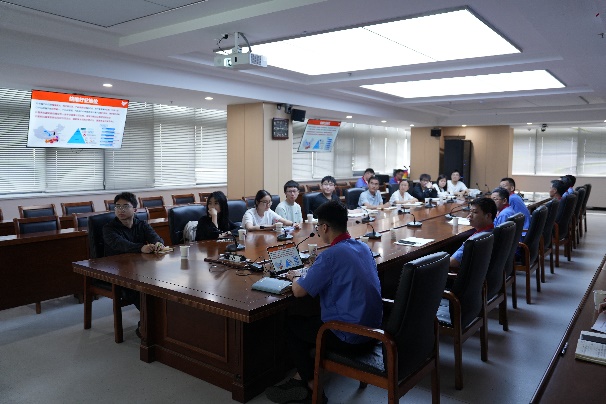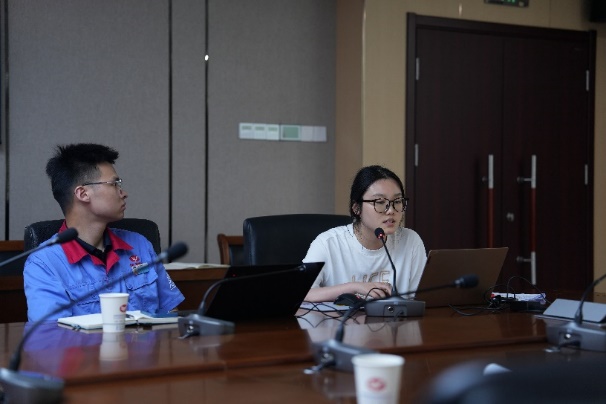On May 27, 2025, at the technical exchange conference jointly hosted by Anhui Wanwei Group and the University of Science and Technology of China, the special session on the PVB Resin – PVB Film – Automotive Glass Industry Chain became the focal point of attention. Technical experts from universities and enterprises engaged in in-depth discussions on PVB material development, market applications, and industrial challenges, offering innovative ideas and practical solutions to promote the localization of core materials for automotive glass.

Industrial Landscape and Competitive Dynamics Analysis:Yan Qi from the University of Science and Technology of China provided a systematic overview of the industry's development path—from VAc to PVA to PVB resin and finally to laminated automotive glass—highlighting lightweighting and high safety performance as key directions for future technological evolution. Chen Jianxu, in his analysis of the global PVB film market, noted that leading international companies still dominate the high-end automotive-grade segment. He emphasized that domestic substitution should focus on enhancing material performance and innovating manufacturing processes.

Technological Advancements Across Diverse Application Scenarios:Jin Fei from Bisheng Company provided a detailed overview of the differentiated application requirements of PVB films in the fields of architecture, photovoltaics, and automotive manufacturing. For architectural-grade PVB, light transmittance and sound insulation are key; for photovoltaic-grade, weather resistance and photoelectric conversion efficiency are prioritized; while automotive-grade applications demand superior optical uniformity and impact resistance. His team’s development of a wide-temperature-range stabilization process offers a model solution for enhancing material adaptability across varied scenarios.
Fundamental Research and Performance Optimization of PVB Materials:Qiao Menglan investigated the energy dissipation mechanisms and deformation behaviors of plasticized PVB over a wide temperature range, uncovering fundamental scientific questions concerning the structure–property relationship of the material. Chen Tianyi, starting from the production process of electronic ceramics, explained the thermal decomposition mechanism of PVB during slurry preparation and binder burnout, thus providing theoretical support for its expanded application in electronic materials. Luo Tianchen’s research on the phase separation structure evolution of low-acetal PVB opens new avenues for designing high-strength, low-shrinkage automotive-grade PVB films.

Technical Roadmapping and Industrial Implementation:Wan Caixia unveiled the 2025 key research directions of the PVB Joint Laboratory, which include the mechanism by which the condensed-state structure of PVA influences the melt index of PVB, the synthesis process of ethylene-modified PVB, and the development of functional films for sound-insulating glass. Notably, a dedicated research project on eliminating HUD (Head-Up Display) ghosting has already achieved interim results. Wu Zhifei shared detailed insights into the production process of photovoltaic-grade PVB films, providing valuable engineering experience for the scaled production of automotive-grade products.
This PVB-focused session, structured around the core themes of material development – process optimization – market application, clarified the technical roadmap for overcoming domestic bottlenecks in optical performance and processing stability of PVB films. By deeply integrating university-based fundamental research with enterprise-level engineering capabilities, the collaboration has laid a solid foundation for innovation. Moving forward, both academia and industry will be guided by the demands for lightweight and intelligent automotive glass, accelerating the industrialization of high-performance PVB materials and contributing to the autonomous control of key segments in China's automotive supply chain.


